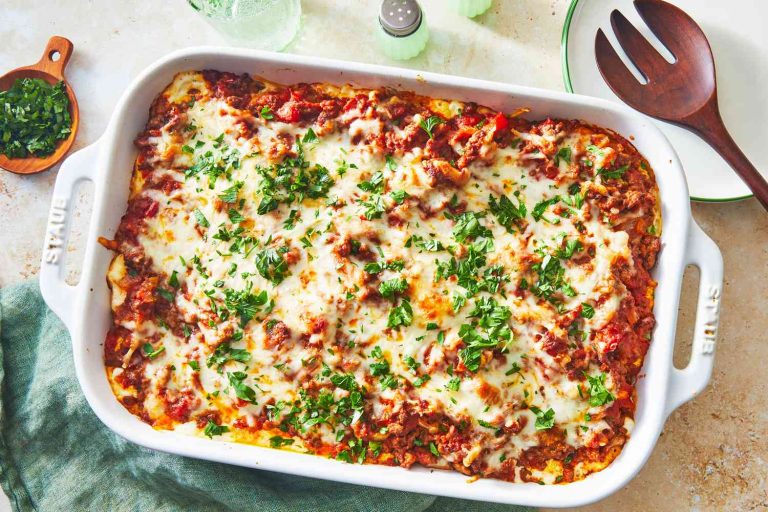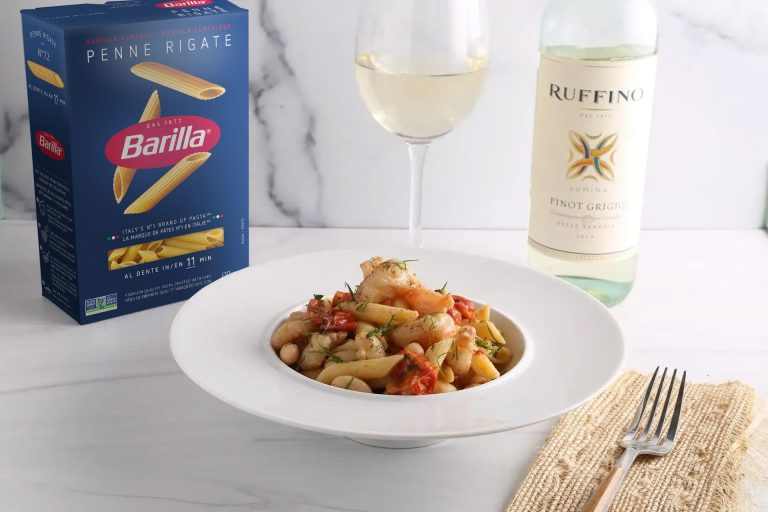Old Fashioned Lemon Pudding: Discover the Rich History and Delightful Recipe
Old-fashioned lemon pudding dates back to early centuries, becoming a staple in English kitchens by the 17th century. Initially, cooks used simple ingredients like lemons, sugar, butter, and eggs. These recipes aimed to create a balance between tart and sweet flavors. Manuscripts from that era often featured lemon pudding alongside other citrus-based desserts.
Popularization in American Cuisine
Lemon pudding gained popularity in America during the 19th century. Settlers brought their favorite English recipes, including lemon pudding, to their new homes. By the mid-1800s, lemon pudding became a beloved dessert in American households. Cookbooks from that period frequently included variations of lemon pudding, emphasizing its refreshing qualities. Its simplicity and delightful taste kept it a favorite for generations.
Key Ingredients for Old Fashioned Lemon Pudding
Importance of Fresh Lemons
Fresh lemons are essential for old-fashioned lemon pudding. They provide a vibrant, natural citrus flavor that can’t be replicated by bottled juice. When selecting lemons, look for ones that are firm, heavy, and bright yellow in color. Fresh lemons ensure you get the best zest and juice, which adds both aroma and tartness. Using fresh lemons also contributes to the pudding’s overall texture and consistency.
Choosing the Right Type of Sugar and Dairy
The choice of sugar and dairy significantly impacts the pudding’s quality. Granulated sugar is ideal because it dissolves easily, ensuring a smooth texture without graininess. It also balances lemon’s tartness while adding a delicate sweetness.
Dairy plays a dual role, adding creaminess and richness. Choose whole milk or heavy cream for a velvety texture and fuller flavor. If a lighter option is preferred, use half-and-half. Avoid low-fat alternatives as they may result in a thinner, less satisfying pudding. Proper sugar and dairy selection is key when creating the authentic old-fashioned lemon pudding.
Step-By-Step Cooking Guide
Preparing the Lemon Base
Begin by gathering fresh lemons, granulated sugar, and eggs. Wash the lemons thoroughly under cold water to remove any contaminants, then pat them dry with a paper towel. Grate the lemon zest finely, avoiding the white pith to prevent bitterness. Juice the lemons to extract about half a cup of fresh lemon juice.
In a large mixing bowl, combine the lemon zest, lemon juice, half a cup of granulated sugar, and three large eggs. Whisk these ingredients together until the mixture is smooth and well-integrated. Be sure to whisk vigorously to ensure that the sugar dissolves completely, forming a cohesive lemon base.
Techniques for the Perfect Consistency
Ensuring the perfect consistency involves careful temperature control and gradual incorporation of ingredients. In a medium-sized saucepan, heat one and a half cups of whole milk over medium heat until it’s warm, but not boiling. Slowly pour the warm milk into the lemon mixture, whisking continuously to prevent the eggs from curdling.
Transfer the mixture back to the saucepan. Cook over low heat, stirring constantly with a wooden spoon or silicone spatula. This prevents sticking and ensures even heating. The pudding will thicken after about 8-10 minutes. To check if it’s ready, the pudding should coat the back of the spoon and leave a trail when you run your finger through it.
Once thickened, remove the pudding from heat. Pour it into a serving dish and cover it with plastic wrap, pressing the wrap directly onto the surface to prevent a skin from forming. Allow the pudding to cool to room temperature, then refrigerate for at least two hours. This gives the pudding time to set, achieving the desired silky texture.
Serving and Presentation Tips
Traditional vs. Modern Serving Ideas
Serve old-fashioned lemon pudding in versatile ways. Traditional methods involve using ramekins or glass dishes. Chilled individual portions make dessert more elegant and convenient.
Modern ideas include layered parfaits or serving in mason jars. Layer pudding with crushed cookies or fresh berries for added texture and flavor. These approaches provide visual appeal and enhance the dining experience.
Decorative Elements that Enhance Flavor
Add garnishes to elevate lemon pudding. Fresh lemon slices or zest enhance the citrus flavor. Mint leaves offer a refreshing contrast to the pudding’s sweetness.
Incorporate edible flowers to create an attractive presentation. Violet or pansy flowers add a delicate touch. Dust with powdered sugar for a classic look. These decorative elements make the dessert visually enticing and flavor-rich.
Health Benefits and Dietary Considerations
Nutritional Content of Lemon Pudding
Lemon pudding offers a variety of nutrients that contribute to a balanced diet. Each serving typically contains around 150-200 calories, depending on the exact ingredients. It provides essential vitamins like vitamin C, primarily from fresh lemons, which supports immune health. Moreover, the dessert contains small amounts of calcium from milk, important for bone health. Protein levels vary based on whether eggs are included, contributing to muscle maintenance. The sugar content, while providing quick energy, should be consumed in moderation.
Adapting the Recipe for Dietary Restrictions
You can adapt old-fashioned lemon pudding to fit various dietary needs. For a dairy-free version, substitute regular milk with almond milk or coconut milk. Use coconut cream to replace heavy cream. To make it vegan, replace eggs with a cornstarch and water mixture to achieve similar thickening properties. For a gluten-free option, ensure any thickeners used aren’t derived from wheat. To reduce sugar, substitute with natural sweeteners like stevia or monk fruit. Always check ingredient labels to avoid allergens and ensure the dish meets your specific dietary requirements.
Conclusion
Old-fashioned lemon pudding is more than just a dessert; it’s a cherished piece of culinary history that brings a burst of flavor and nostalgia to your table. By mastering the balance of fresh ingredients and following the cooking tips provided, you can create a delightful treat that suits any occasion. Whether you choose to serve it in elegant ramekins or rustic mason jars, this pudding is sure to impress. Plus, with the flexibility to adapt the recipe for various dietary needs, everyone can enjoy this classic dish. So go ahead and indulge in the timeless charm of lemon pudding and savor every spoonful.






